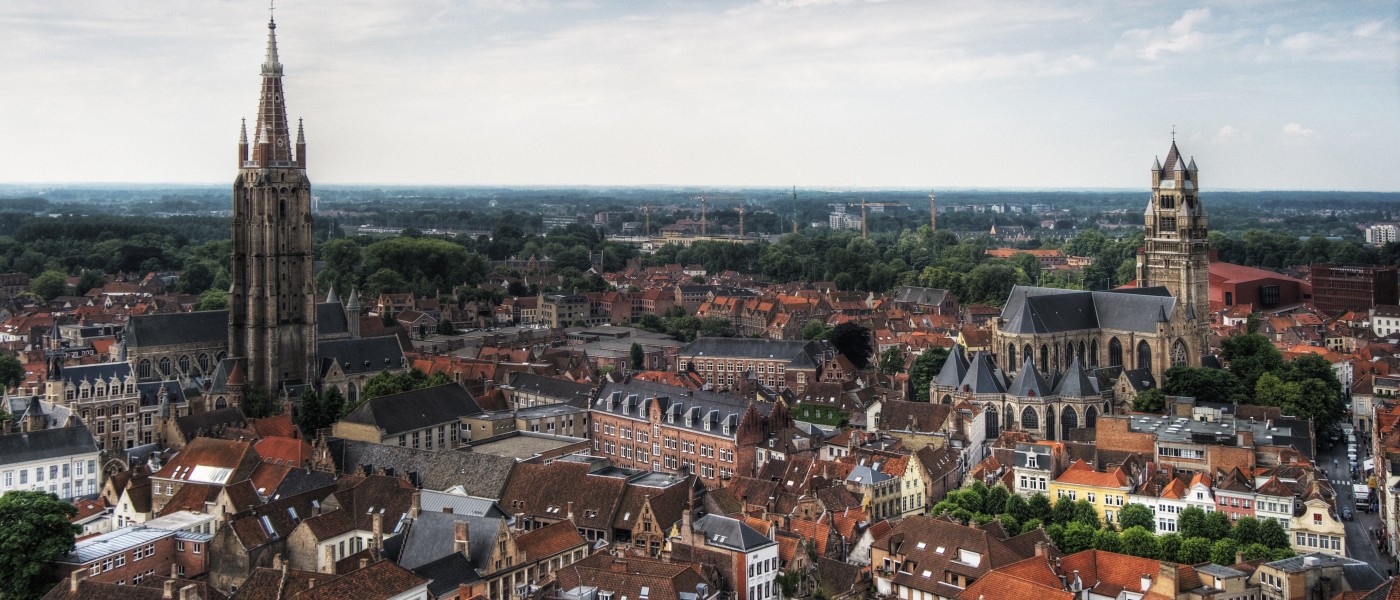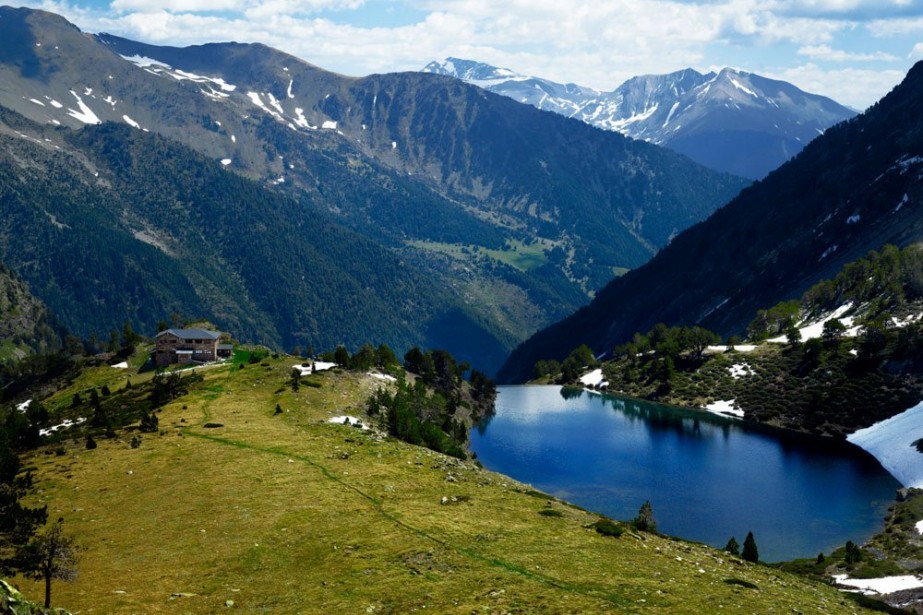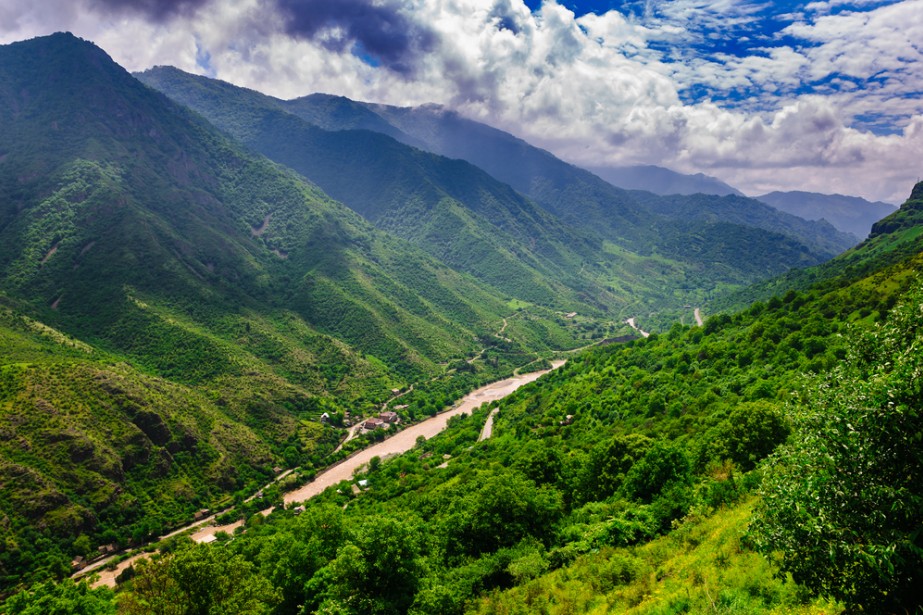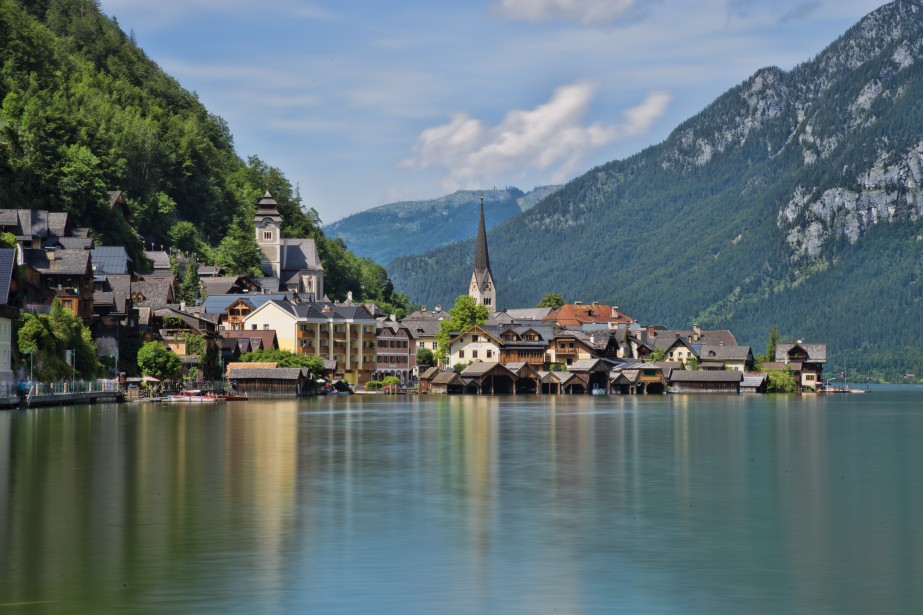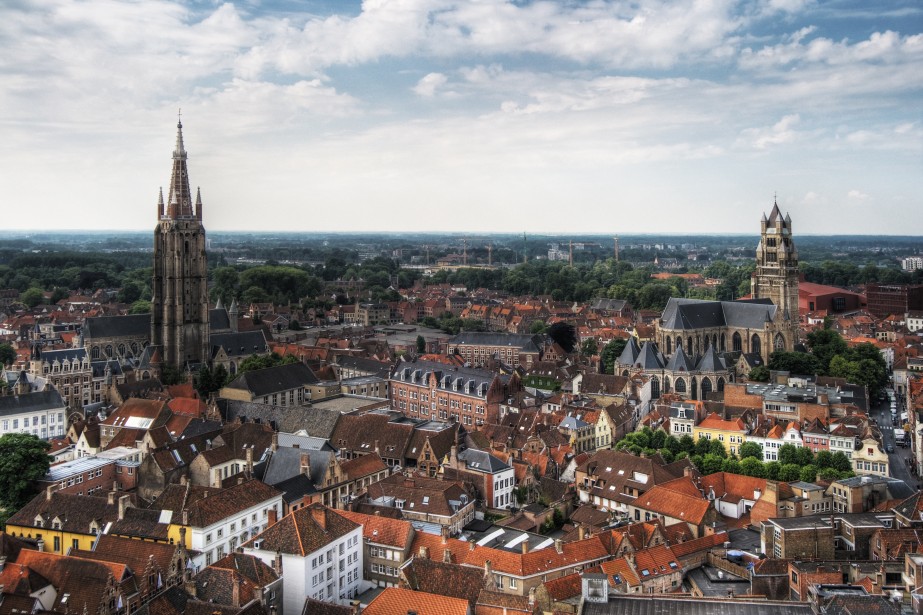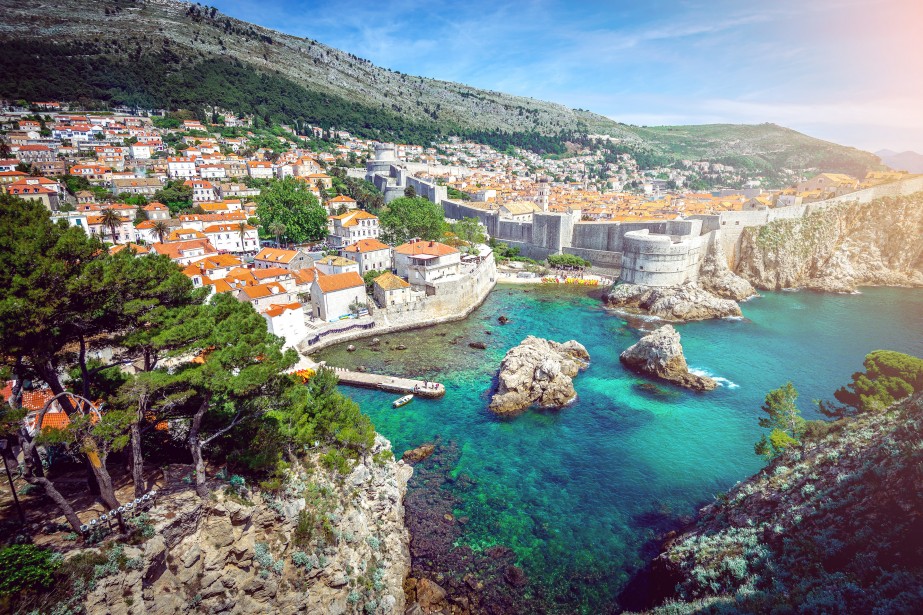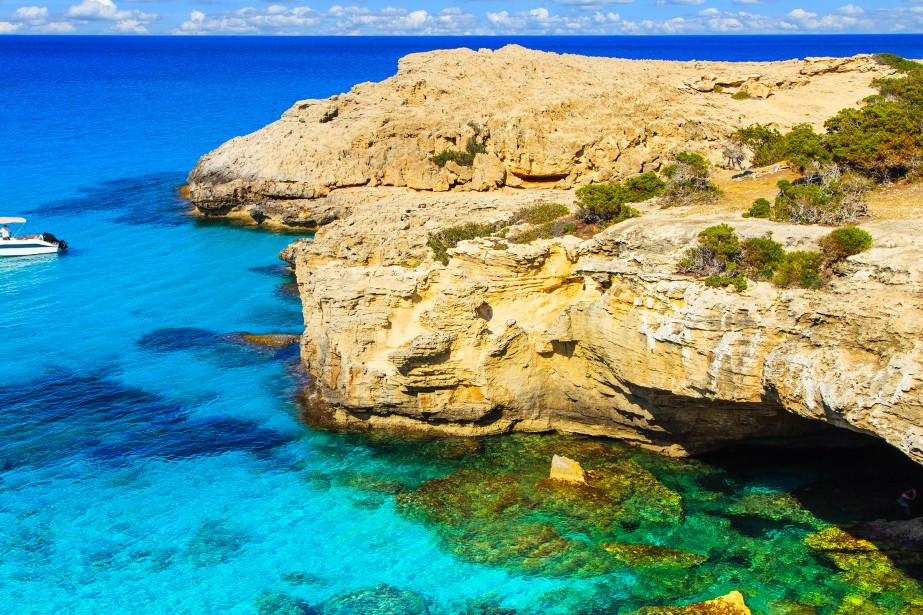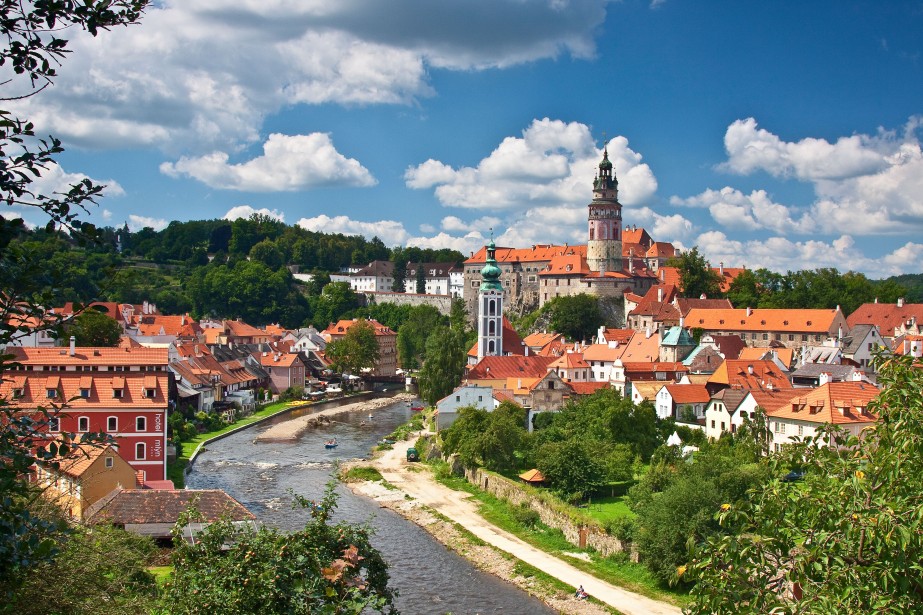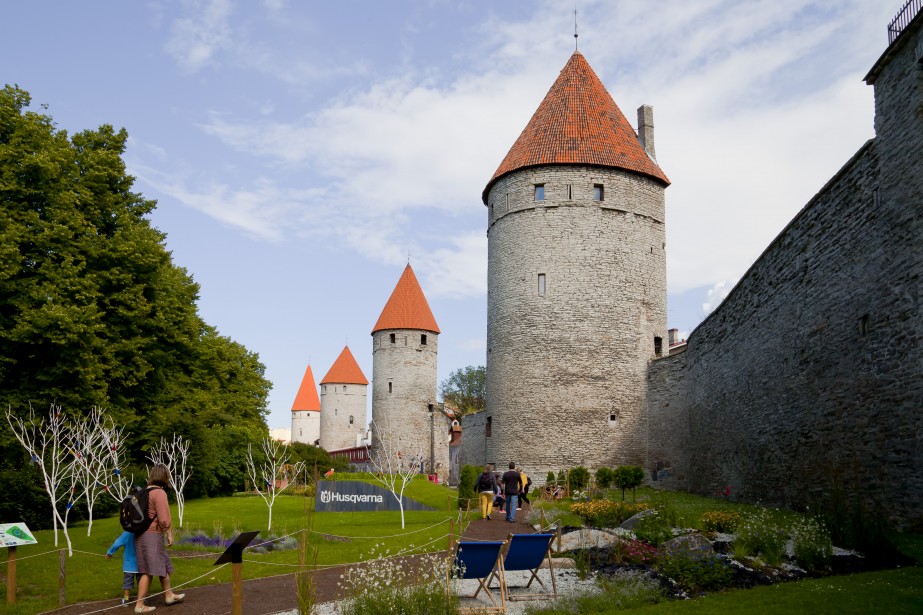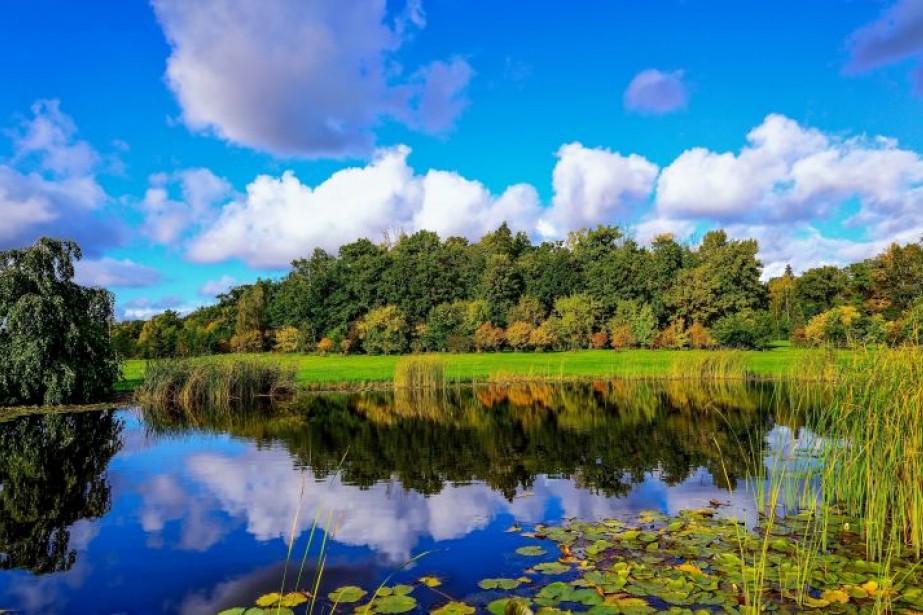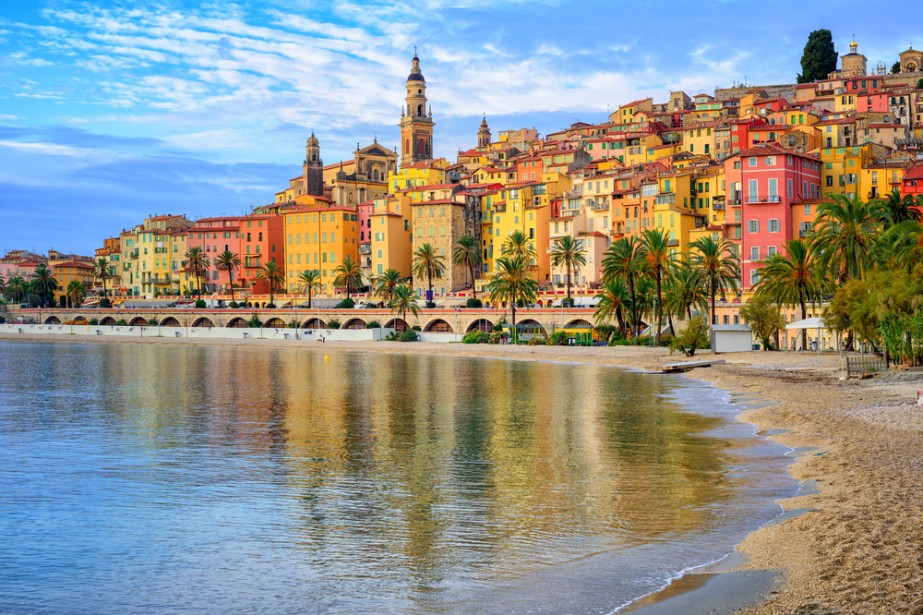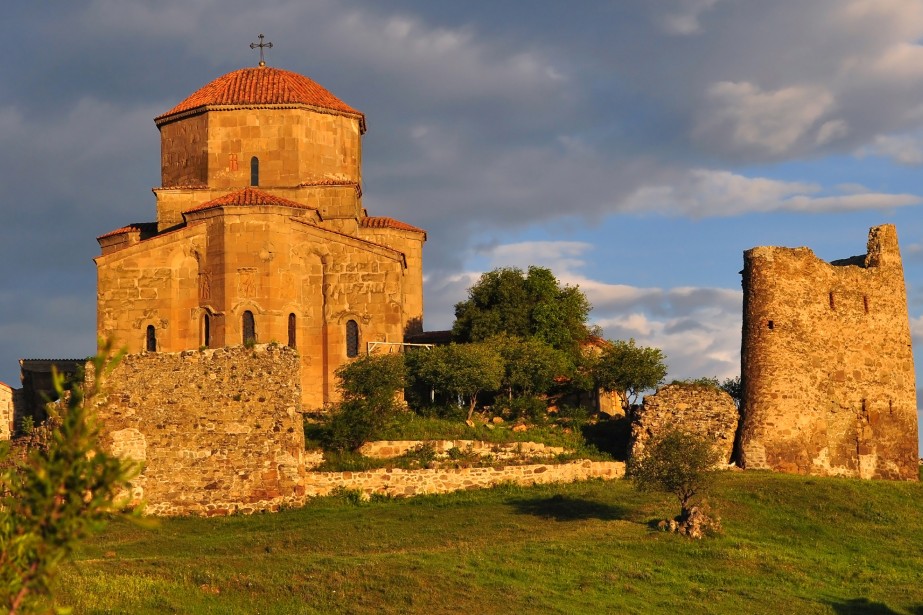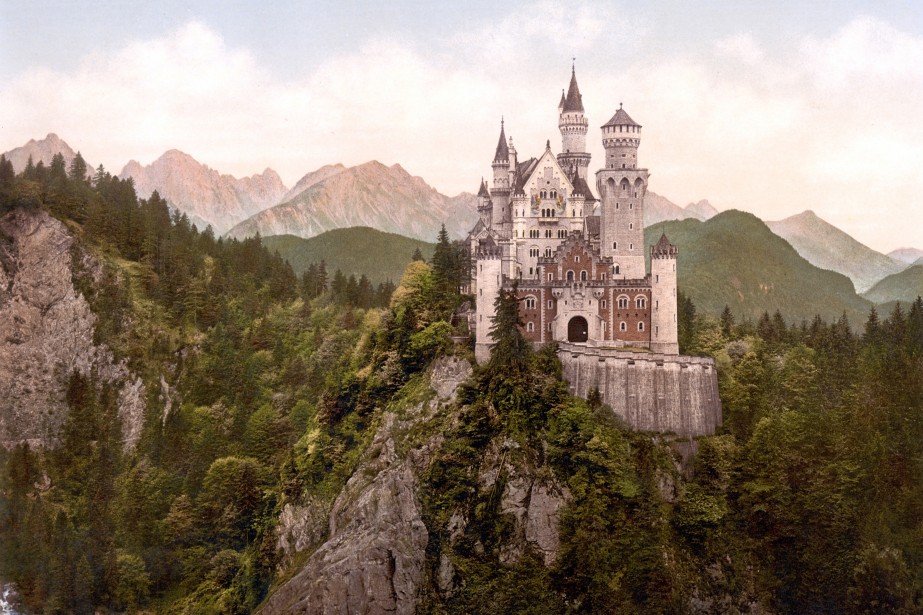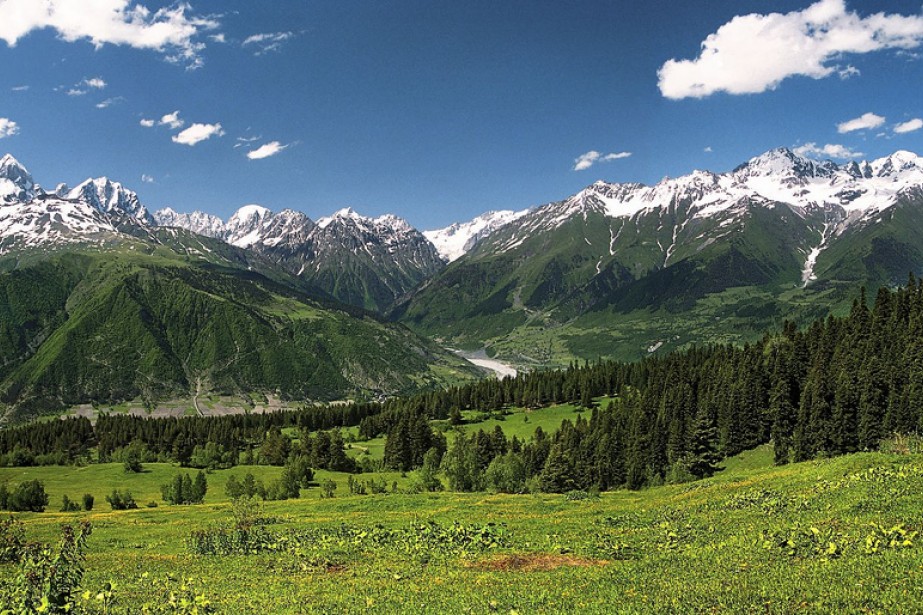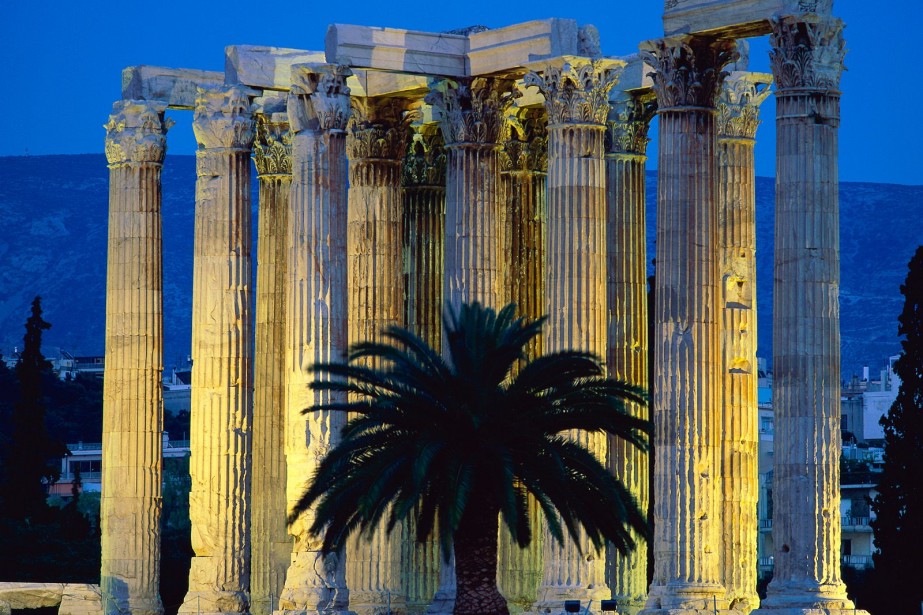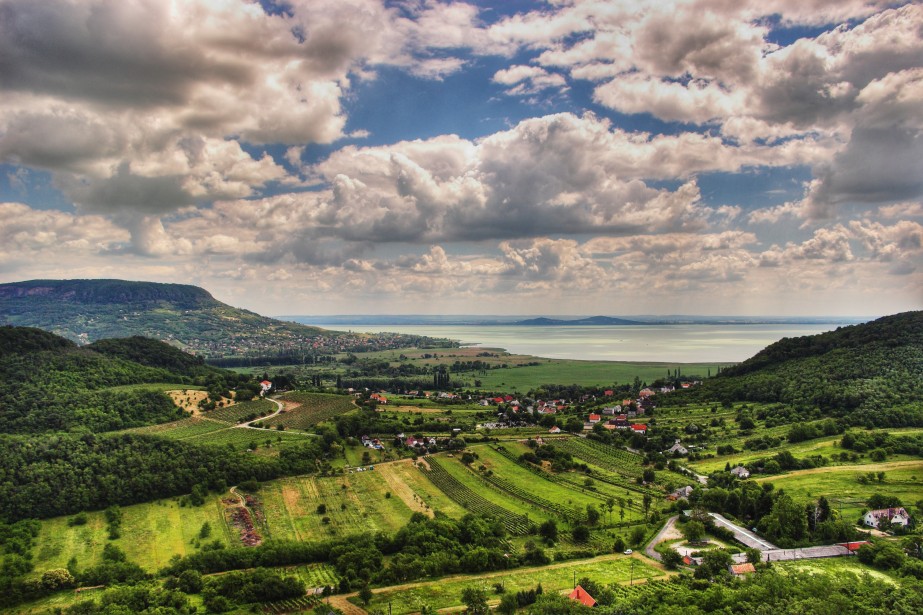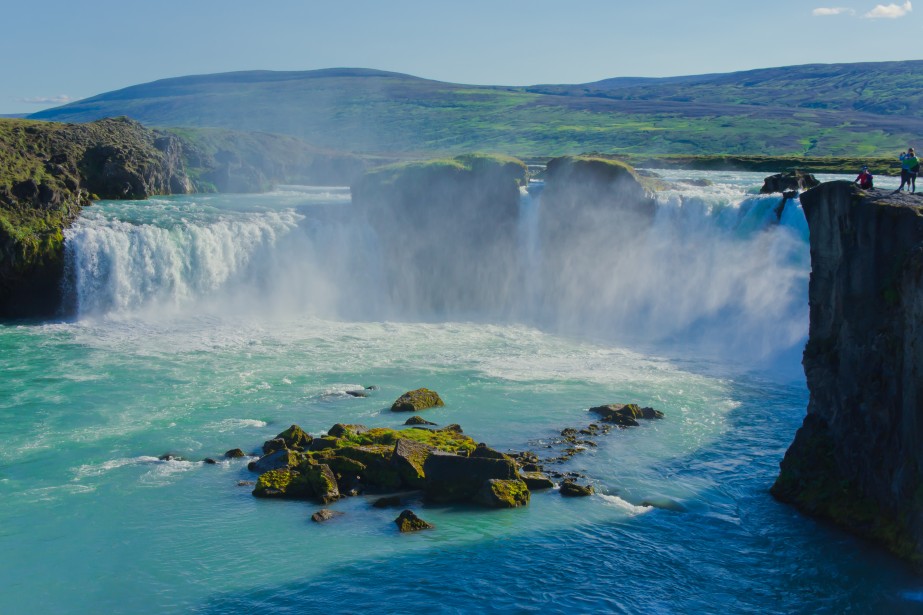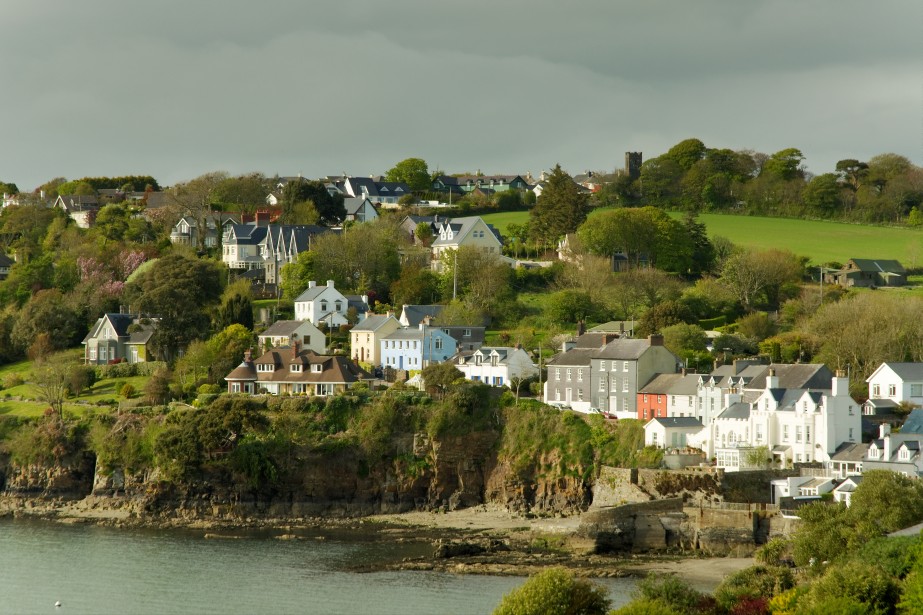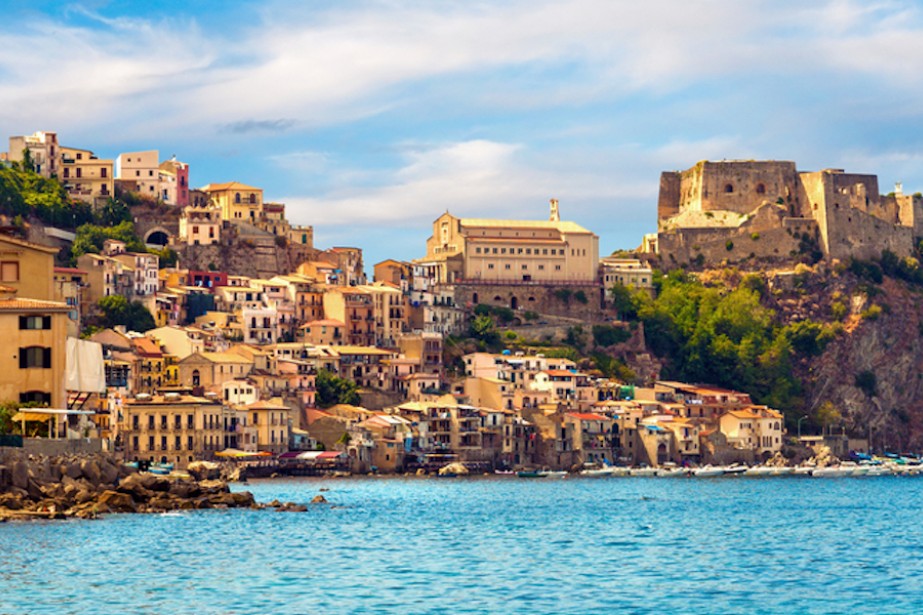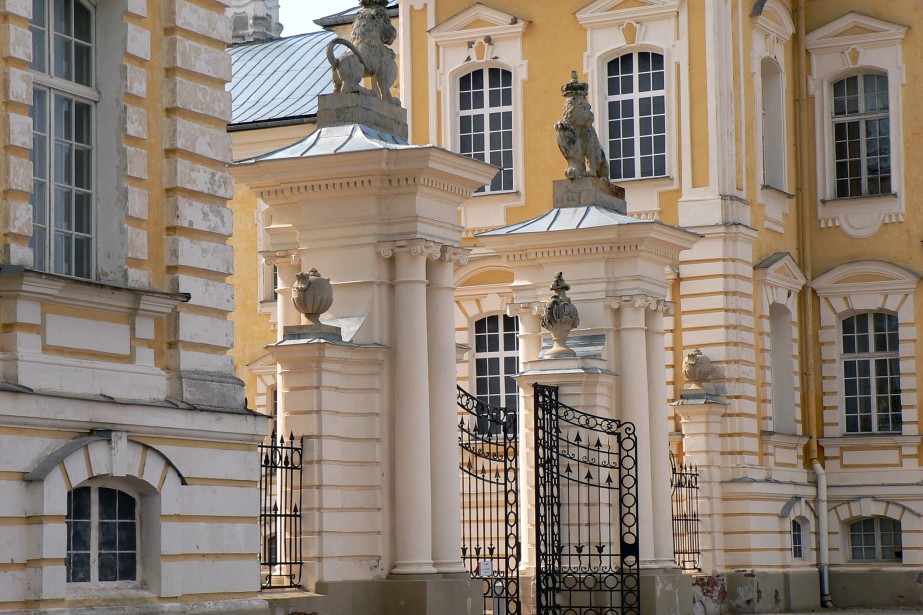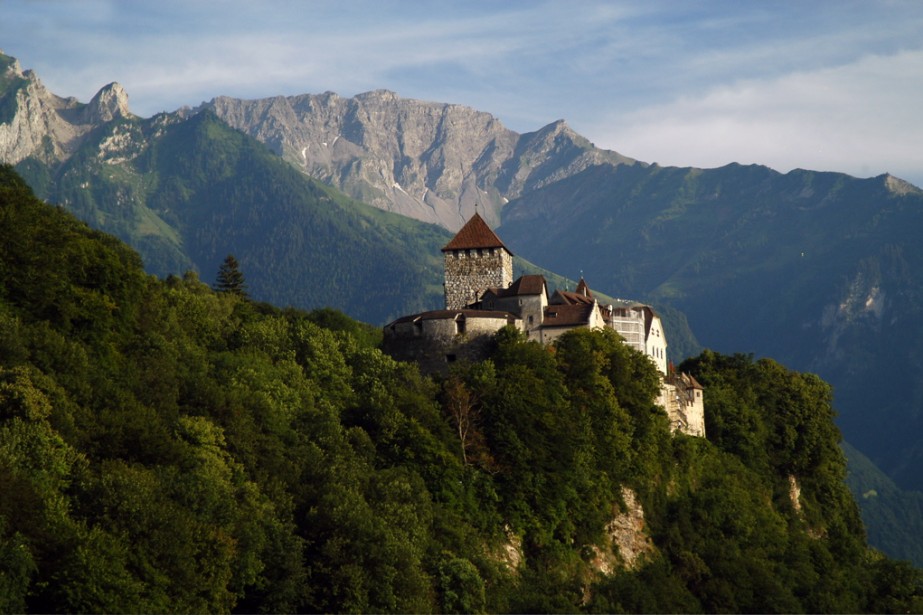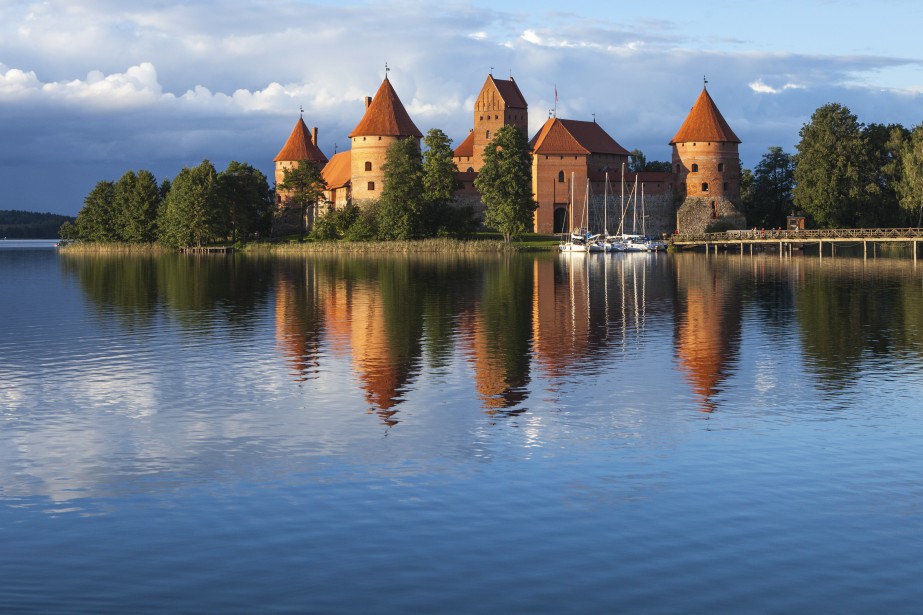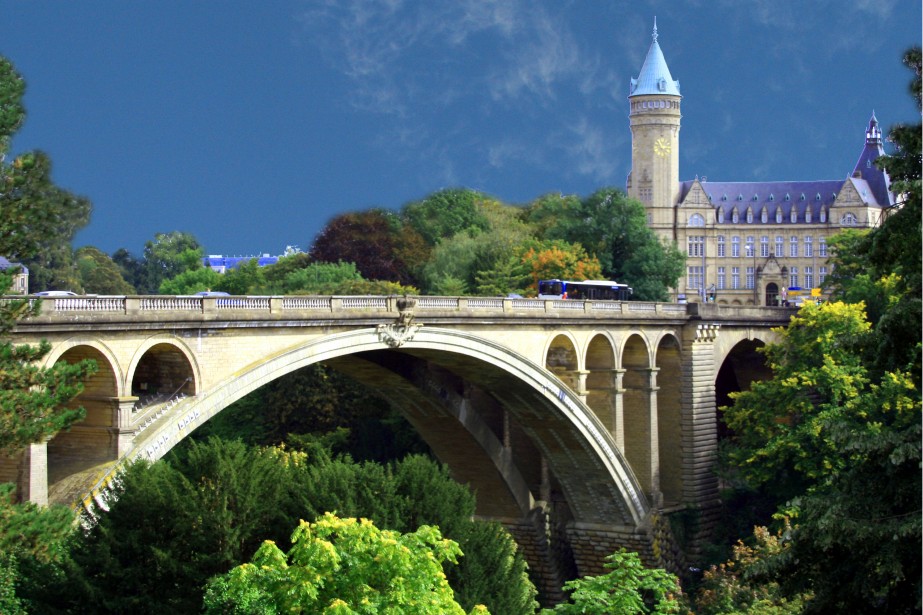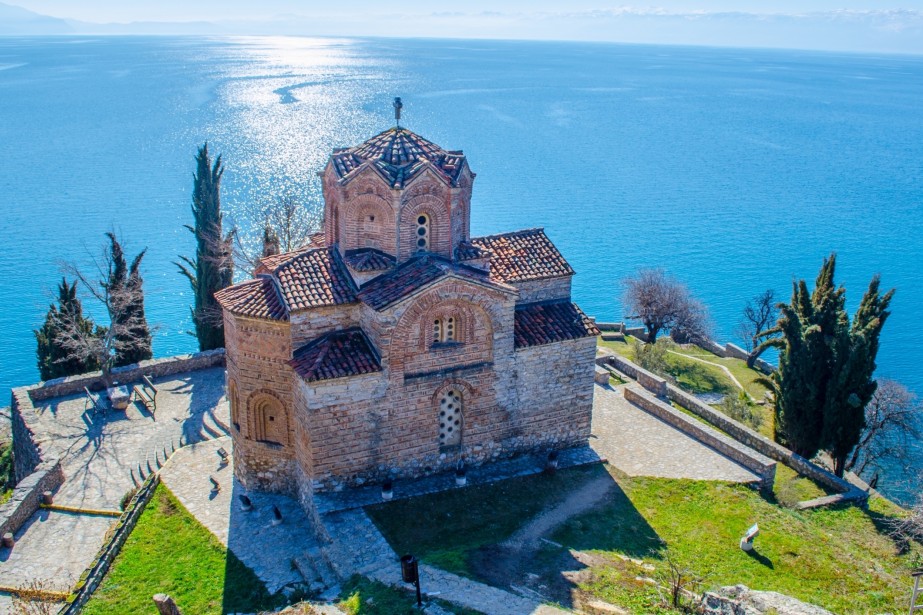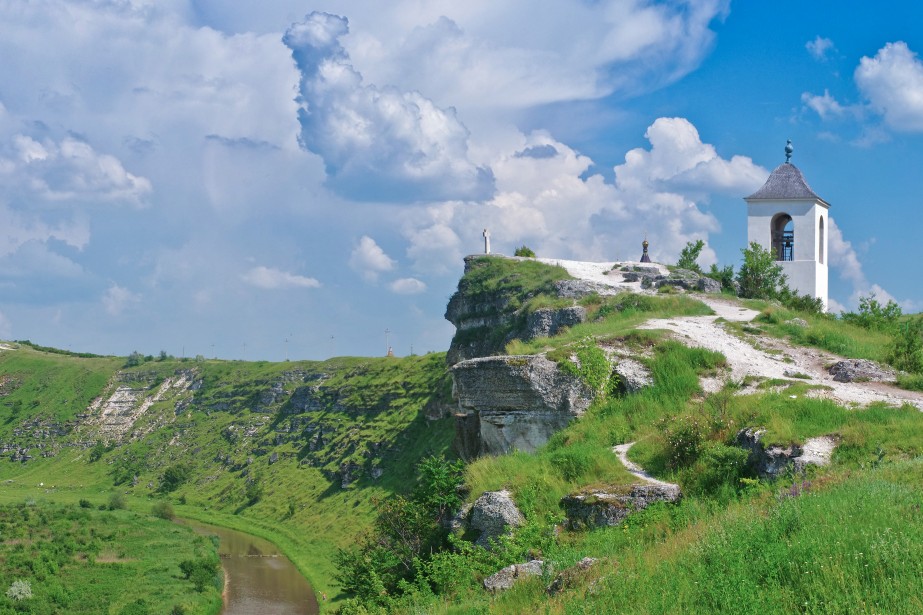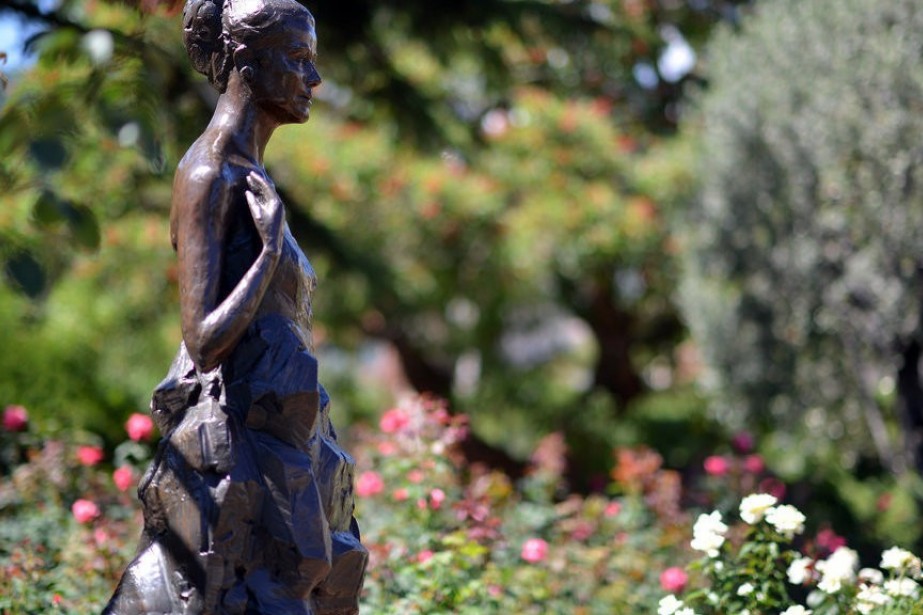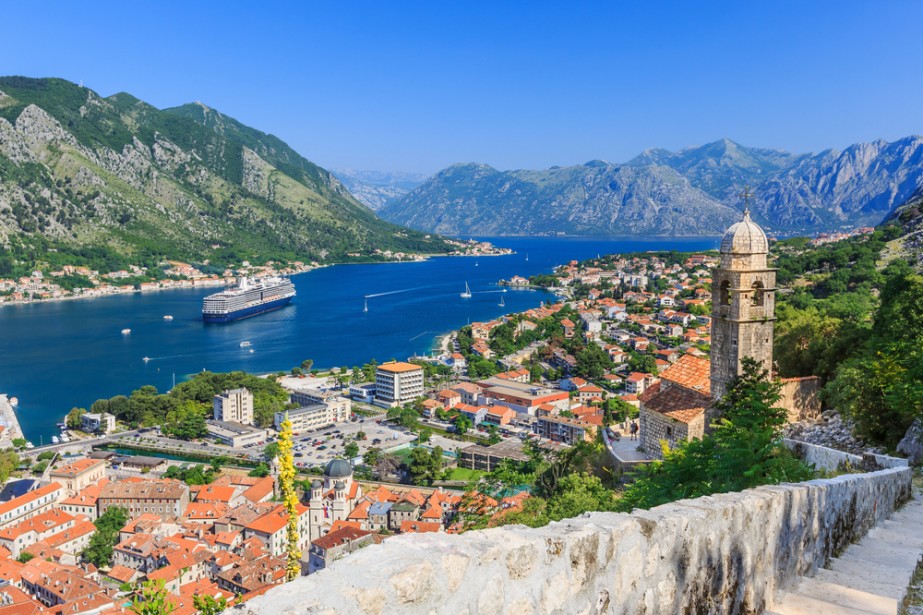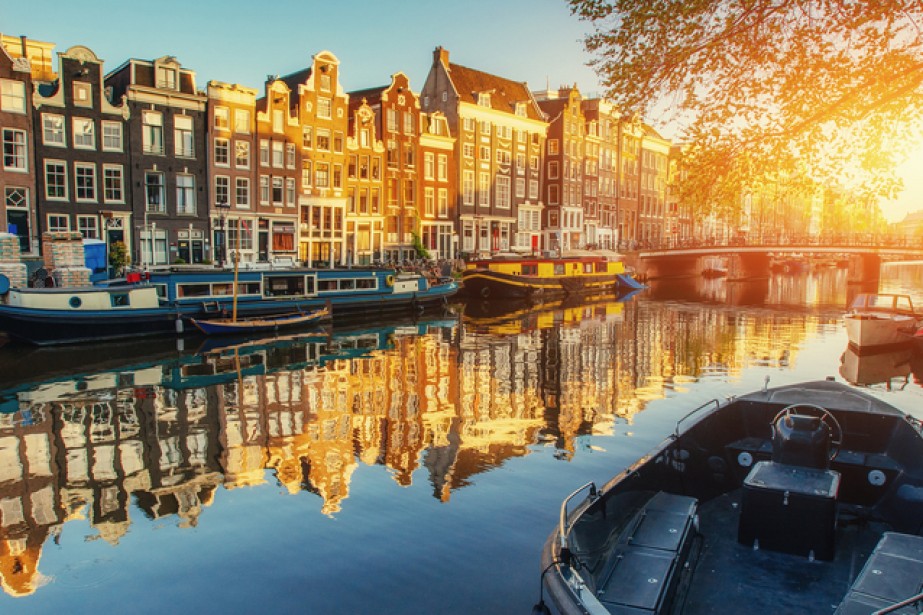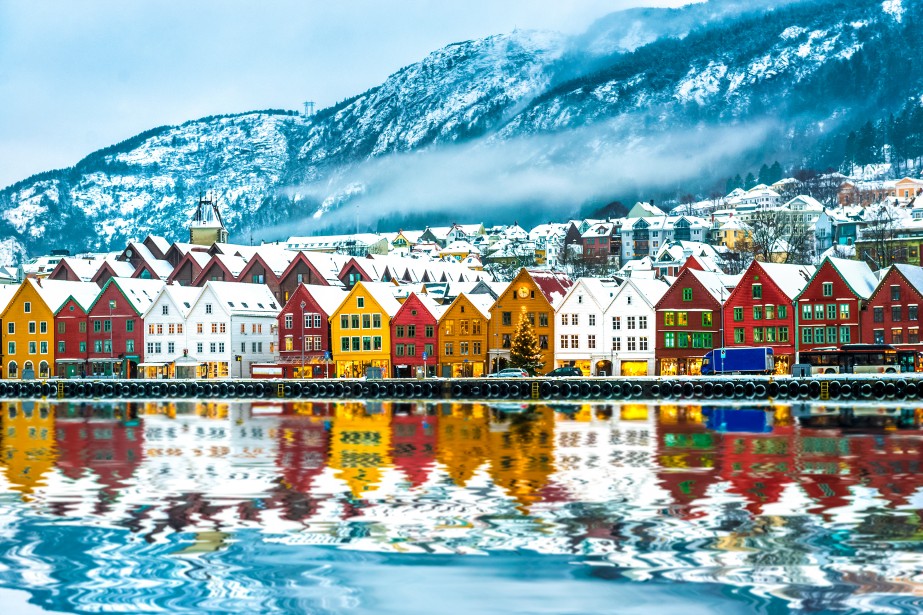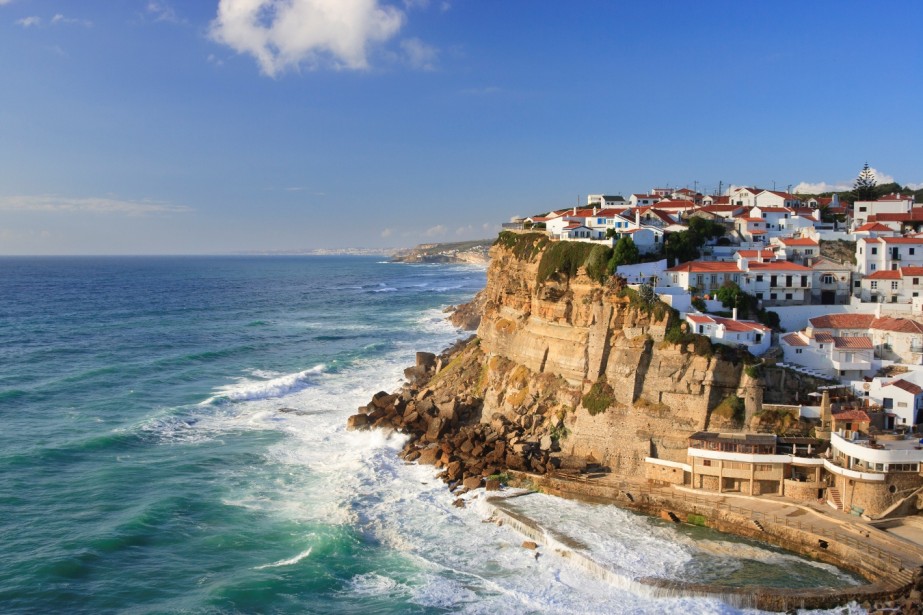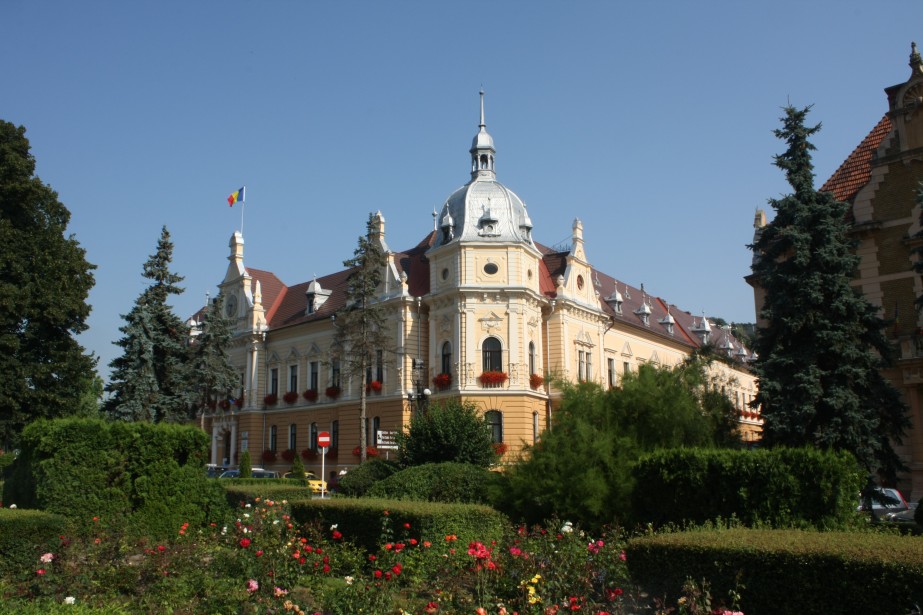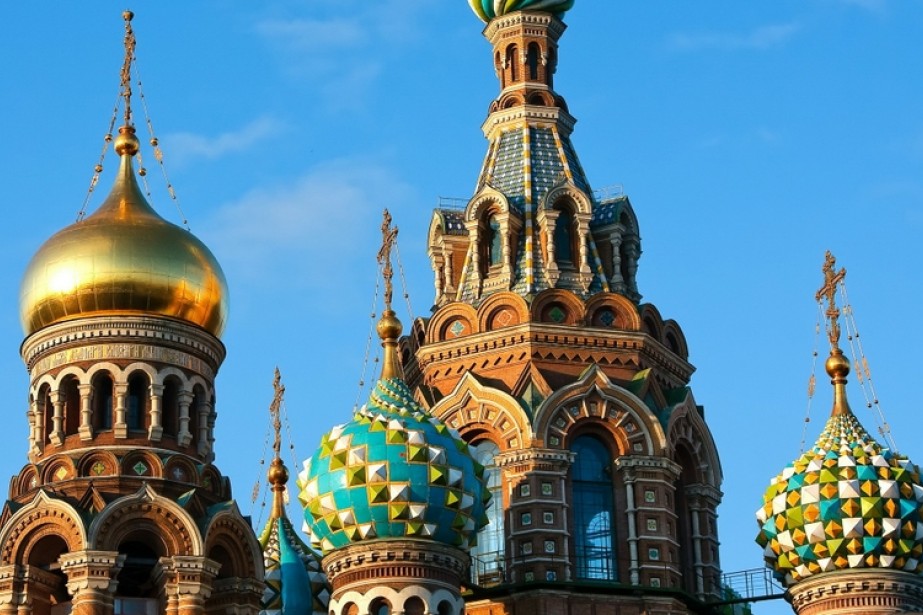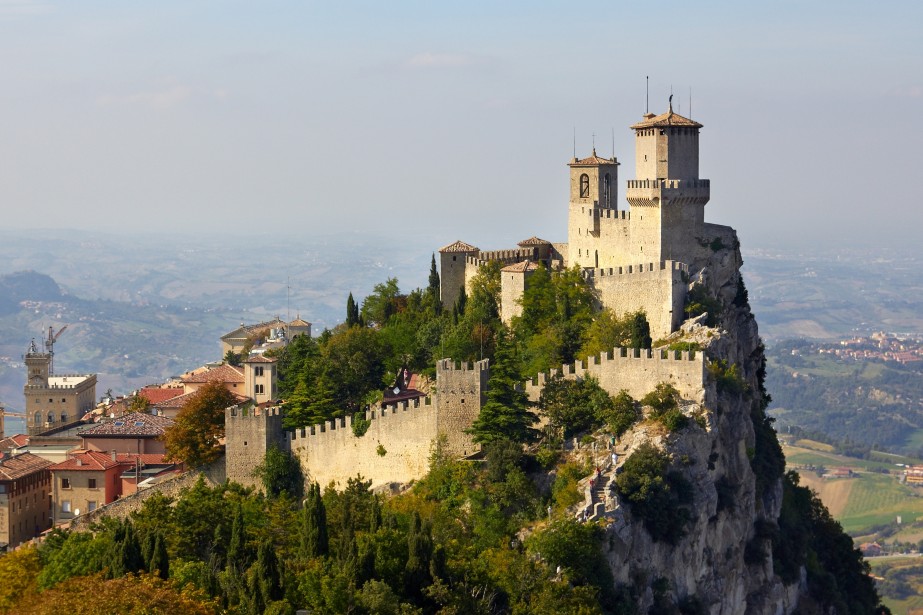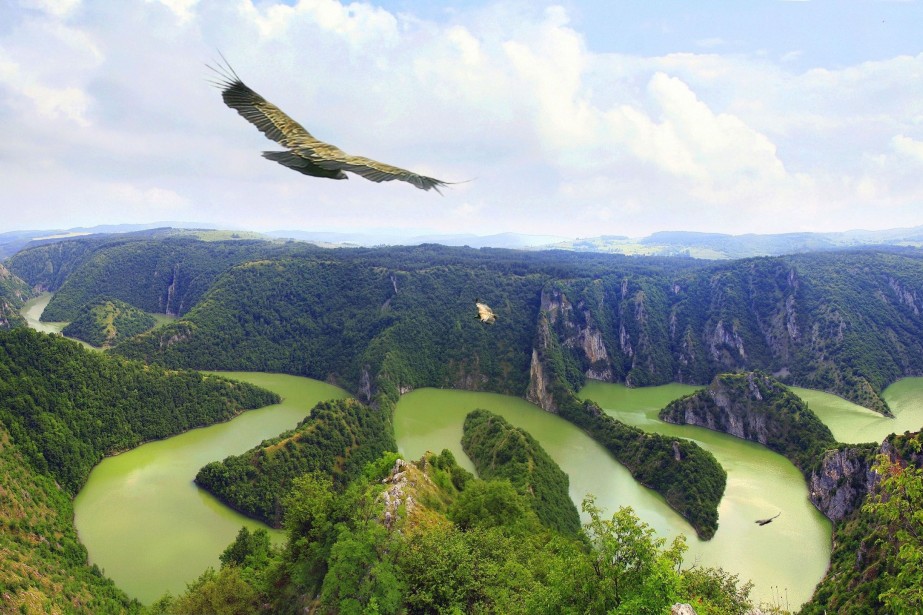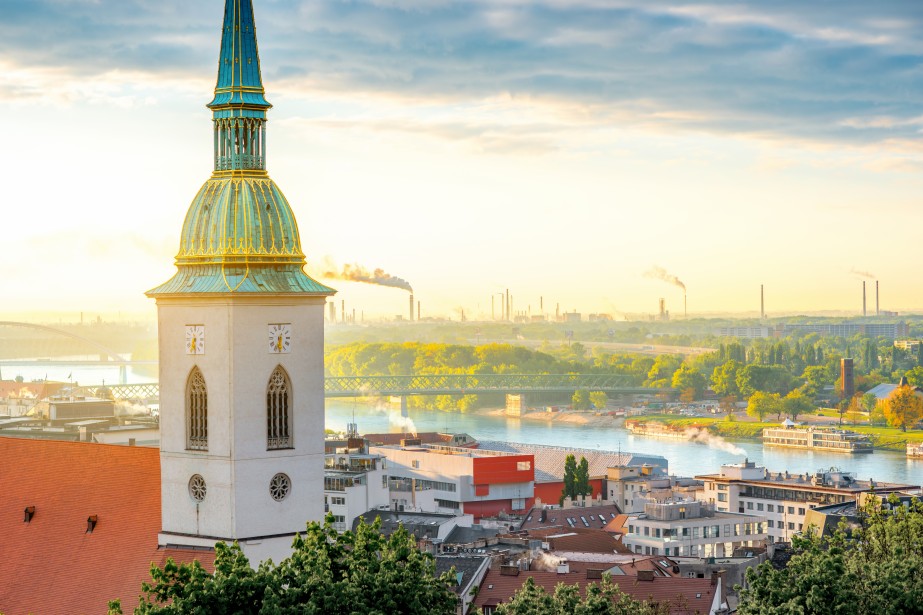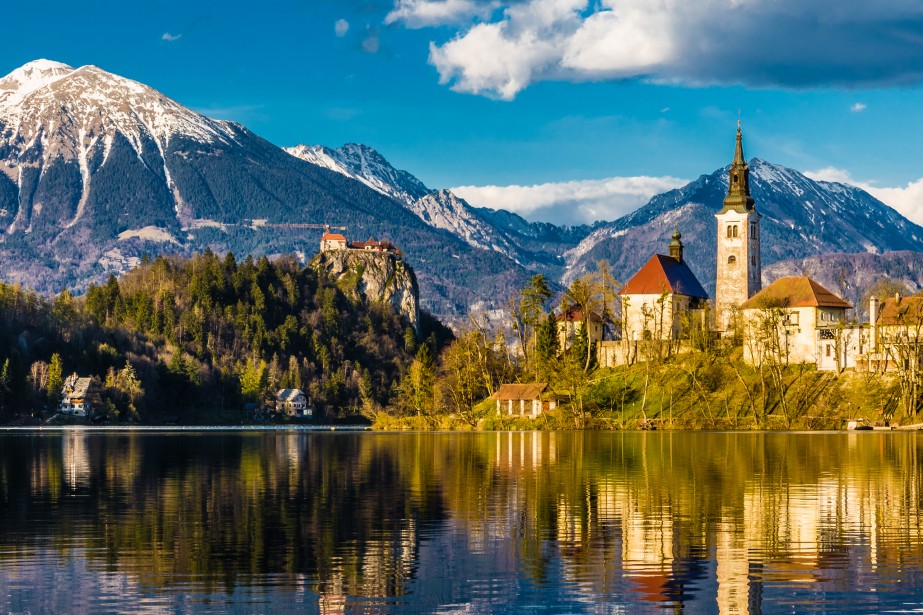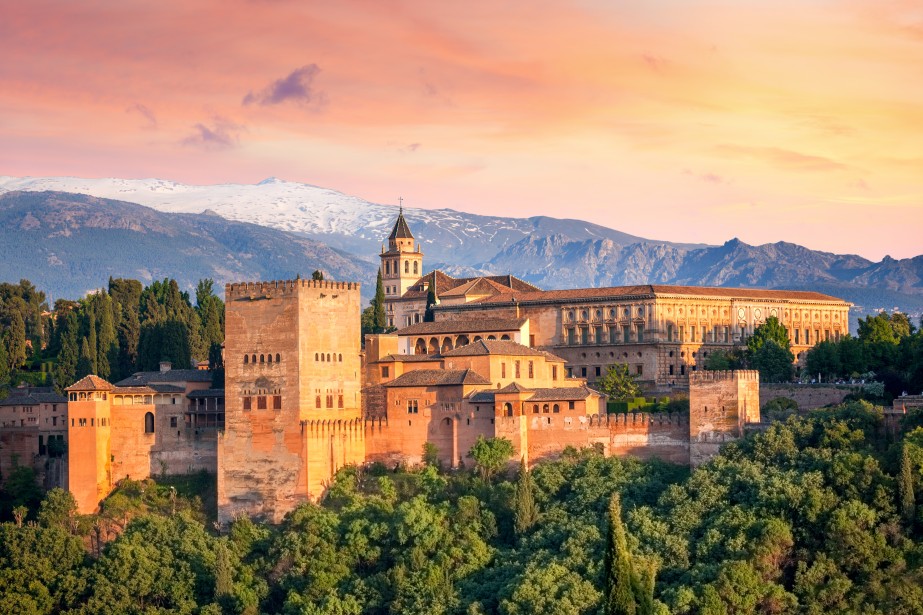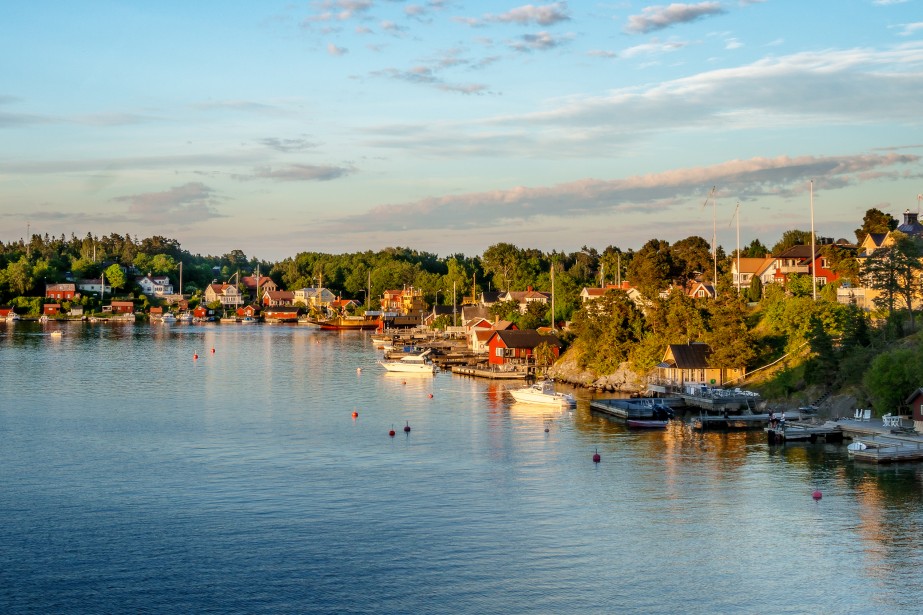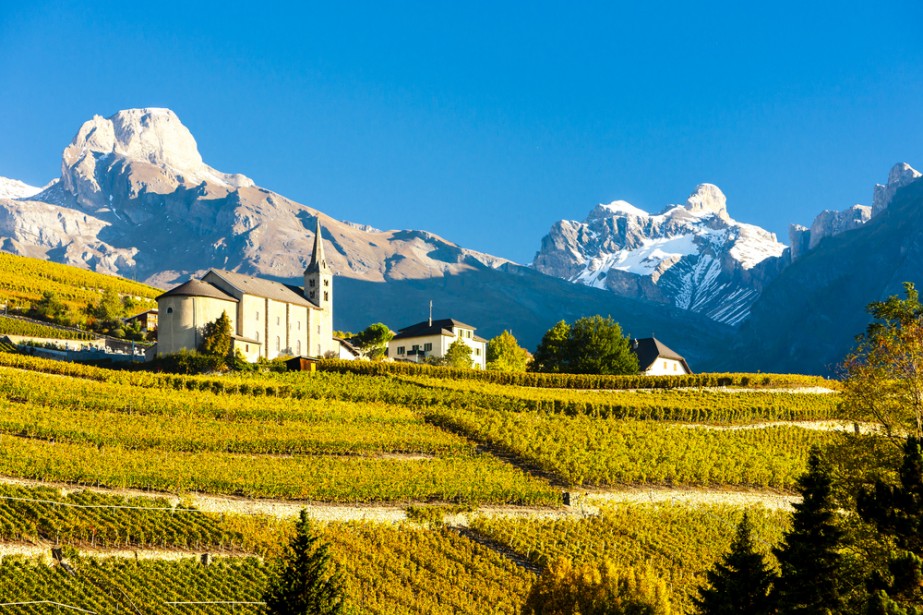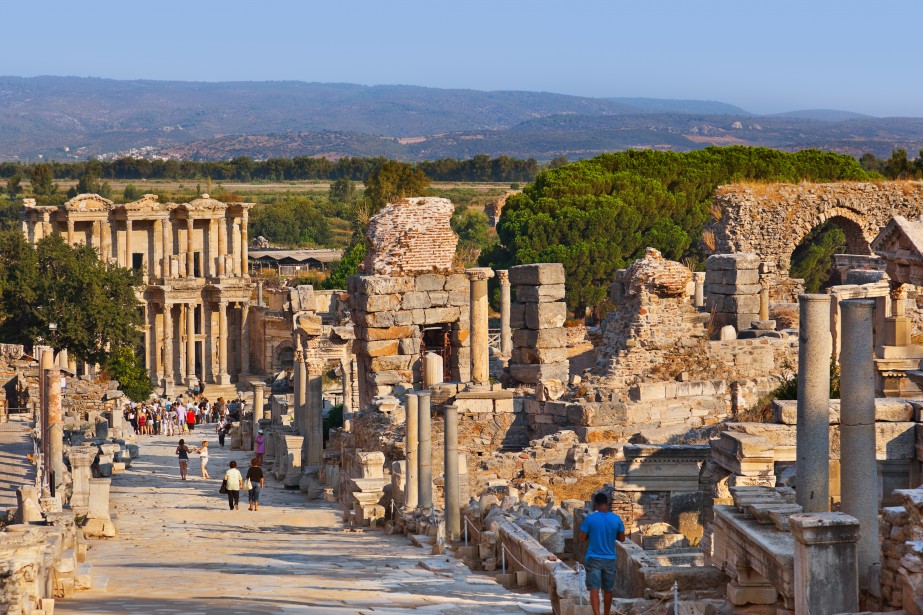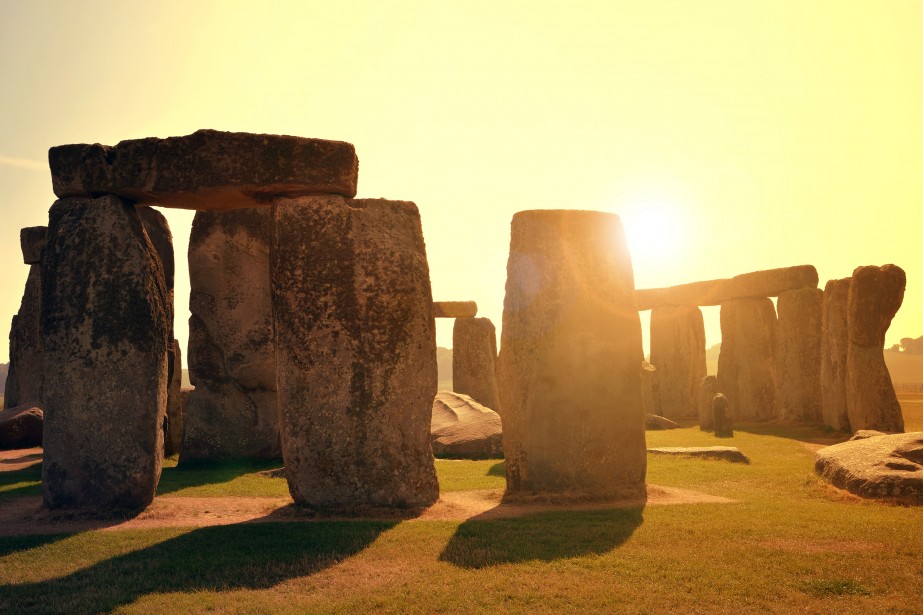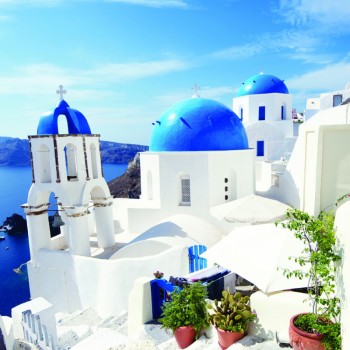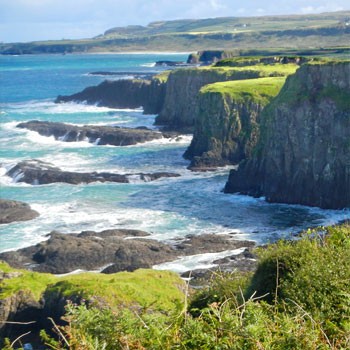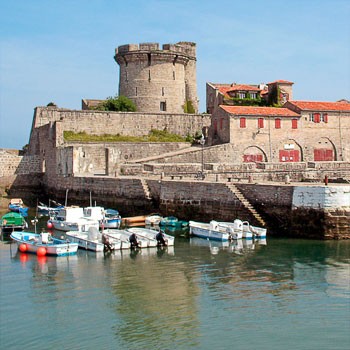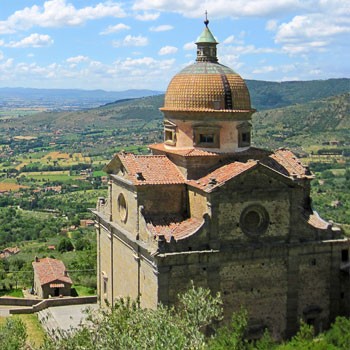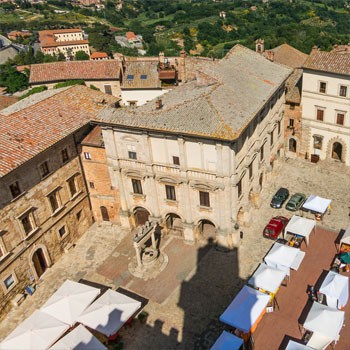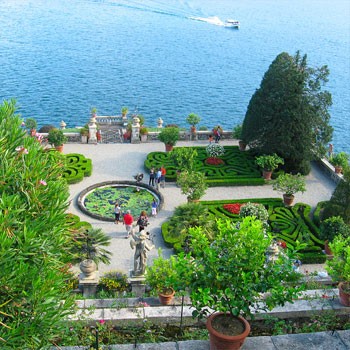Submitted by Carie Williams on November 17, 2015
Overview
Belgium is a small country in Western Europe that lies just south of the Netherlands. It is bursting at the borders with a vibrant social scene and historical significance. Highly urbanized and culturally diverse, the population of the country is over 11 million people. This founding member of the European Union maintains a federal parliamentary constitutional monarchy form of government.
The country sits in a region sometimes referred to as the Low Countries, which also includes the Netherlands and Luxembourg. This term was used to define the coastal areas that connected to the North Sea or the English Channel. Location played a key role in the development of the region into a center of culture and commerce. The people of Belgium are known to be fairly progressive with a majority liberal mindset. Location plays a role in the country’s diversity and lending itself a natural headquarters location for organizations like NATO.
The northern portion of Belgium, known as Flanders, is the most densely populated. The Dutch-speaking residents in this region comprises approximately 60% of the total population. Belgium’s western border is shared with France which has led to a significant French-speaking segment of society. Also known as the Walloon population, this group of Belgians accounts for approximately 40% of the population. The eastern border with Germany has created a small pocket of the country that is German-speaking, but its numbers are far less than that of the French and Dutch speaking populations.
Belgium has dotted-line cultural divisions defined by linguistics, and sometimes politics. Although artistic communities have historically flourished throughout the country, these divisions are often reflected in the cultural spheres in the Belgium of today. These differences have textured the cultural and social landscape, making a tour through the country both interesting and enjoyable for visitors.
When to Travel
Spring and summer are the best seasons to visit Belgium with average temperatures ranging from 50°F to 65°F. Summer hours are long and you will find locals enjoying meals and drinks outside taking advantage of the sunshine as often as possible. Precipitation is consistent throughout the year and grey skies can be common.
Winter days are much shorter and temperatures hover around 40°F. Occasionally winds from the north will push temperatures below freezing. Snow is common in January and in high elevation areas. Even for those who are less than enthusiastic about colder temperatures, Belgium still has a lot to offer in the winter months.
Early February is a great time to visit Belgium. Trek southeast of Brussels to the city of Binche to see one of the best known carnival celebrations in the world. The event dates back to the 14th century and has been listed as a Masterpiece of the Oral and Intangible Heritage of Humanity by the United Nations Education, Scientific, and Cultural Organization (UNESCO). Gilles, clown-like performers, are one of the highlights of the performances during Carnival of Binche. Be prepared for lively parades, musical acts, and brilliant displays of color if you are fortunate enough to witness this remarkable event.
Venture to the coastal town of Bruges in early May to witness the Procession of the Holy Blood. At the center of this solemn event is a cloth that is reputed to be marked with the blood of Jesus Christ. Referred to as the Relic with the Precious Blood of Jesus, it is at the center of the ceremonial procession that celebrates the arrival of this revered item to the city after the 12th century Second Crusade.
In early July, travel to Brussels to see the wondrous opulence of the Ommegang Pageant. This 500 year old tradition is a recreation of a festival held for royalty in 1549. All of Brussels joins in the folkloric procession that culminates in an evening of additional entertainment and games.
Cuisine and Drinks
Belgium has a reputation for being one of the best foodie destination spots in Europe. It has a lavish landscape of natural food resources making fresh and local the norm. Options range from Michelin star rated restaurants to street food and everything in between. The Belgian diet is very protein focused. Vegetarian options may be limited in areas outside the urban centers.
No trip to Belgium is complete without a serving of Moules frites, or mussels and fries, which is considered by some to be the national dish. The preparation of mussels for this dish varies greatly, although the most common involves cooking the mussels in white wine with shallots, parsley, and butter. No matter what the preparation method, the freshness of the ingredients in the dish make it a star.
Stamppot is a potato and vegetable dish that is of Dutch origin. Often served with sausage, mashed potatoes are combined with one or more vegetables. A modern variation of the dish adds raw green leafy vegetables during the mashing stage of preparation. This dish is the perfect comfort food for a colder day in Belgium.
Originating in the Belgium town of Ghent, Waterzooi is a stew containing fish with vegetables and seasoning. Using fish protein is the traditional preparation, although using chicken is now a more popular alternative. This dish is reputed to be the favorite of Holy Roman Emperor Charles V.
A popular dish from the Flemish region is Paling in ‘t groen. The literal translation of the Dutch name, eel in the green, is the perfect description of this traditional meal. Fresh eel is prepared and simmered in a variety of herbs and spices that give the liquid a green hue. It is frequently served with French fries or bread.
Beer lovers will find over 400 regionally brewed options when traveling to Belgium. Cantillon is a microbrew made right in Brussels. Kriek is a cherry flavored beef. Lambics and Gueuzes offer oak-aged beers and Trappist are monastery brewed. For a change of pace, try a glass of Jenever. Unique to northern Belgium, this spirit is flavored with juniper berries and similar to gin. If juniper berries don’t appeal, other variations and flavors are also available.
Popular Sights
Mardasson Memorial – The Battle of the Bulge began in mid-December 1944 and lasted a month. The brutal German offensive surprised the Allied forces in the Ardennes region. American casualties incurred were the highest experienced by the United States during the war. This monument was erected in the memory of those lost. You can also visit the nearby Bastogne War Museum, which offers not only a look aspects of the war up until the fall of 1944, but also a picture of civilian life at that time.
Castle of Freÿr – Located on the left bank of the Meuse in Wallonia stands the castle of Freÿr. A gift from the Count of Namur to Jean de Rochefort Orjol, the castle has remained with the descendants of Orjol since 1378. Spend hours walking in the footsteps of people such as Louis XIV through the interior and gardens of this amazing historical castle.
Plantin-Moretus Museum – One of many UNESCO World Heritage sites in Belgium, this museum in Antwerp has an extensive collection of typographical artifacts. The museum is named for printers Christophe Plantin and Jan Moretus. It also has a vast library of works including a Bible in five languages, an anatomical book by Vesalius and Valverde, and drawings by Peter Paul Rubens. When you are finished browsing the museum’s treasures, pop over to the Diamant Museum. Antwerp is also considered the center of the world’s diamond industry.
Le Carré – For robust nightlife, head to Le Carré in the city of Liège. Here you will find a full city block of lively options that range from classy bars to pubs. Starting your evening with a pub crawl here is surely to lead to a night you will never forget.
Practical Info
The Euro is the official currency of Belgium. Major credit cards are widely accepted in cities and towns, but you will need cash when venturing to smaller villages. Travellers cheques are no longer accepted as a result of the availability of ATMs.
Traffic flows on the right in Belgium and the roadways are top quality. Renting a car is fairly easy. Be forewarned, traffic will move fast. The high accident rate is attributed primarily to speeding. Taxis are also available, as are bike rentals for touring around towns. The national Belgian rail network is perhaps the most convenient method of traveling the country, though a bit more expensive. Depending on the length of your stay, consider purchasing a rail pass.
In the winter, be sure to dress warm; layers are recommended in the cold. Sturdy walking shoes are also a must as many of the streets or pathways may be cobblestone. Always prepare for precipitation in Belgium. Even the sunniest of mornings can turn into the wettest of afternoons. Light clothing is recommended for the peak summer months; it is also a good idea to wear light layers in the fall and spring.
Wi-Fi is typically easy to find in cities and towns. It is free in many hotels, cafes, and some fast-food establishments. Internet cafes are falling out of fashion and becoming rarer.
Sources
http://www.lonelyplanet.com/belgium
http://www.visitbelgium.com/index.php
https://en.wikipedia.org/wiki/Belgium

